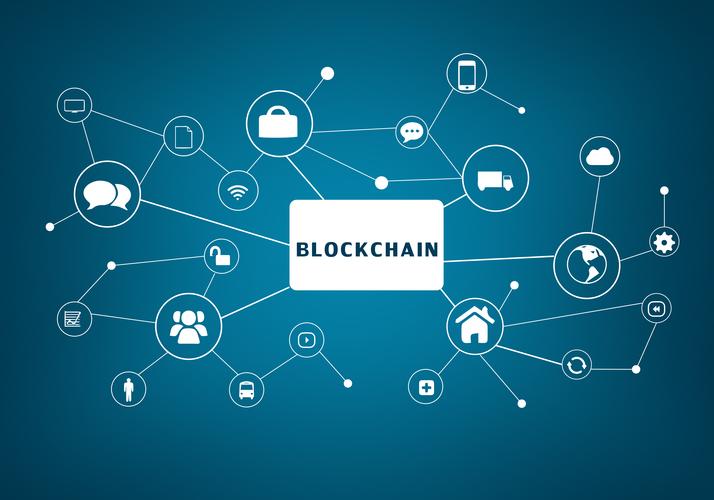### Understanding Amounts in Blockchain Transactions
In the realm of blockchain technology, understanding amounts is crucial, as it forms the backbone of transactions within decentralized networks. Let's delve into the intricacies of amounts in blockchain transactions across various aspects:
#### 1. **Amount Representation:**
In most blockchain networks, amounts are represented in their smallest divisible units. For example, in Bitcoin, the smallest unit is a Satoshi, which is equivalent to 0.00000001 BTC. Ethereum uses Wei as its smallest unit, where 1 Ether equals 10^18 Wei. This precision ensures that even tiny amounts can be transacted seamlessly.
#### 2. **Transaction Fees:**
Every blockchain transaction incurs a fee paid to validators or miners who maintain the network. These fees are often determined based on the transaction's size, complexity, and network congestion. Users need to consider these fees when sending amounts to ensure timely processing of transactions.
#### 3. **Smart Contracts and Token Standards:**
With the advent of smart contracts, blockchain platforms can execute complex logic, including managing amounts. Standards like ERC-20 and ERC-721 on Ethereum facilitate the creation and management of tokens representing various amounts and assets. These standards ensure interoperability and ease of development within the ecosystem.
#### 4. **Privacy and Confidentiality:**
Some blockchain networks offer privacy features to conceal transaction amounts and participants' identities. For instance, privacy coins like Monero and Zcash utilize cryptographic techniques like ring signatures and zk-SNARKs to obfuscate transaction details while still ensuring validity.
#### 5. **Scaling Solutions:**
As blockchain networks grow, scalability becomes a pressing issue, impacting transaction throughput and confirmation times. Layer 2 solutions like the Lightning Network for Bitcoin and Plasma for Ethereum aim to alleviate these concerns by processing a large number of off-chain transactions while anchoring the final outcome on the main chain.
#### 6. **Cross-Chain Interoperability:**
Interoperability protocols such as Polkadot and Cosmos enable different blockchain networks to communicate and transfer assets seamlessly. This facilitates the exchange of various amounts across disparate chains, unlocking new possibilities for decentralized finance (DeFi) and asset management.
#### 7. **Regulatory Compliance:**
Regulators worldwide are grappling with the challenges posed by blockchain technology, particularly regarding anti-money laundering (AML) and know-your-customer (KYC) regulations. Ensuring compliance with these regulations while preserving the pseudonymous nature of blockchain transactions remains a significant consideration for stakeholders.
#### 8. **Risk Management:**
Managing risks associated with fluctuating amounts, network congestion, and security vulnerabilities is paramount for blockchain users and developers. Implementing robust security measures, conducting thorough audits, and staying informed about emerging threats are essential practices in mitigating risks effectively.
#### Conclusion:
Understanding amounts in blockchain transactions is essential for navigating the complexities of decentralized networks. From representing values accurately to ensuring privacy, scalability, and regulatory compliance, stakeholders must grasp the nuances to harness the full potential of blockchain technology. By embracing innovation while upholding security and transparency, the blockchain ecosystem can continue to evolve and revolutionize various industries.
---
This HTML content is structured to provide comprehensive insights into the diverse aspects of amounts in blockchain transactions. Each section addresses key considerations, guiding stakeholders towards informed decision-making and effective utilization of blockchain technology.

标签: 区块链
区块链技术
区块链是什么意思?
版权声明:除非特别标注,否则均为本站原创文章,转载时请以链接形式注明文章出处。

